
Building a wine list from the ground up can take an innumerous number of shapes and forms.
Factors such as time of year, geographic location and type of establishment are just a few aspects that can affect how a menu should be shaped. A great wine menu, however, should be thoughtfully structured, priced according to some key factors, comprehensible and always put the guest first. Creativity is a plus but not always necessary.
With these factors in mind, we connected with a few wine industry veterans to gather their perspectives after years of running wine programs. While there may be an infinite number of variables to account for, we dialed-in on some of the key components to consider when building a great wine menu.
Price Point Balance
There is a certain level of snobbery associated with wine, but it isn’t the case for no reason. Much of this sentiment stems from producers who price their wines inaccessiblely for the everyday drinker, as well as sommeliers and wine directors who push these wines on their menus, appealing to a small percentage of drinkers.

John Slover
Photo Courtesy of Major Food Group
“Price point balance is a must,” John Slover, Corporate Beverage Director for Major Food Group and Food & Wine’s Sommelier of the Year 2011, says. “There should always be at least a few great choices at all price points, and guests shouldn’t be priced out of ordering wine.” There are a few exceptions to this ideology depending on the type of establishment (for example, a fine dining Michelin-starred restaurant versus a casual Friday night date spot), but overall there should always be a balance of rare, special occasion bottlings and everyday, approachable wines.
“I always try to have wines that would be a good fit for different palates and budgets,” Gabriela Davogustto, Wine Director at Clay, says. “A medium bodied red or a crisp white in the $60 to $70 price range, or a bigger red or skin contact white at the $100 range are accessible classics and provide a list with structure to support more experimental choices and splurge-worthy price points. I also like to include rare wines made from obscure varieties at affordable price points so people can feel adventurous without being afraid of spending a lot on something that’s new to them.”

Gabriela Davogustto
Photo by Tyler Zielinski
Understand Your Clientele
“Thinking about what demographics make up the clientele and what part of town the restaurant is in informs how much and what type of wine to have,” Slover says. “It may not relate to the cuisine but rather to what guests are comfortable drinking, regardless of what they’re eating. Once open—the first 1-2 years are always a process of study— [you must] studying ordering habits, what sells and doesn’t, and honing the selections from the opening.”
One of the biggest mistakes a bar or restaurant can make is ignoring who their guests will be, based on the demographics of the area. In larger markets like New York, San Francisco or Chicago, there is a range of potential guests that can walk through your door at any moment—which means there’s a little more flexibility in how far you can go. But it’s still important to appeal to your neighborhood to gain regulars.
If you’re in a smaller market, going too niche can be your downfall, and there is a high chance of sitting on a lot of stagnant inventory for a long time. “I think about the area we are in, the goals of the restaurant (destination, neighborhood, pre-theater, etc.) and the concept,” Amy Racine, Wine Director at The Times Square EDITION, says. “These [factors] help me determine the size of the list and what regions and style of wines to highlight.” At the end of the day, keeping your guests happy and wanting to come back is the ultimate goal.

Amy Racine
Photo by Liz Clayman
Organization is Key
Organization can vary depending on your establishment’s clientele, but there are a few straightforward approaches that should always be considered. “I personally like organizing my wine list by country first, then by body, and ascending by price,” Davogustto says. This approach is relatively standard and easy to execute. Organizing by country gives an idea of flavor and style, and body helps guests with both food pairing options and general preference. Price makes it easy for them to order within their means.
“In a restaurant with a serious wine program that attracts more sophisticated guests, I think the best way to organize a menu is geographically, and within that in the rough order that a wine dinner might go—sparkling first, then light through full whites, then light through full reds and finishing with dessert wine,” Slover says. “It’s a big pet peeve when I scan down the vintages on a list and everything is young. So a lack of vintage depth is a big one [pet peeve]. Typically 90 percent of those young wines are not meant to be drunk young, and with a little more effort, the buyer could seek out the same wines with a little age on them. That’s true of all price ranges.”

Arthouse Wine Bar
Some wine and beverage directors organize their lists by producer—an interesting concept if the focus matches the knowledge level of your clientele—grape type or wine style. “I love to lead with the grape,” Sam Mushman, Sommelier and Wine Director of Arthouse Wine Bar, says. “That’s the most confusing thing to grasp for new wine consumers. Especially when they try to read a French wine label, I put the grape first, then vintage, producer and region. Then I list my own tasting notes to give the consumer additional information to help them find a great wine for them.” Depending on the size of your list, one of these formats may work better than the other, but organizing your list geographically first, then by grape type and style is often the best route to go.
Have a Clear Focus
“Always start off with an idea and a philosophy, and always relate to the cuisine,” Slover says. “Restaurants that make sense to people tend to be the successful ones, and a wine list contributes to that harmony.” In the vast world of wine, it’s easy to lose focus or not have a focus from the get-go. Understanding your brand and the goals you want to achieve as a wine program are key to succeeding and not confusing your guests.
“Let’s say you want your list to be focused on natural wines or female producers,” Davogustto says. “From there, I would look for importers who work with those wines and be mindful about offering selections at varying price points. Think about your customers’ palates, preferences and budgets. Personally, [I believe] choosing wines that have a story and a philosophy behind them and are made with minimal intervention is very important.”
Keep Food Pairings in Mind
“At a restaurant, I think that it is super important to consider the menu and choose wines that complement the food, as well as those that can be enjoyed on their own,” Davogustto says. “It wouldn’t make much sense to have a list focused on full-bodied red wines if your menu is focused on raw fish dishes, for example.”
In addition to thinking about the cuisine your bar or restaurant offers, it’s also important to acknowledge seasonality. “Our menu changes seasonally, and so our wine list evolves to complement the ingredients,” Davogustto says. “Fuller bodied whites are featured for fall and winter and lighter bodied reds for spring and summer.” While you may always have these offerings available year round, it’s important to heavy-up on certain styles versus others as the seasons change—rosés in the summer, medium-to-heavy reds in the winter, and so on. Within seasonality, don’t forget to keep flavor and terroir in mind, as specific varietals pair better with certain foods over others.
Remove the Ego
You’d be surprised at the number of wine programs that are unfortunately affected by egotistical decisions. While the wine program may be a reflection of a sommelier’s understanding of what’s happening in the wine world in a given category, if the wine doesn’t move, then it comes off as a reflection of ego as opposed to a list curated for guests. “Generally speaking, a wine list should serve many purposes, but one of the most important ones is to make guests comfortable drinking wine, Slover says. “Don’t buy wines for ego that won’t sell because, after all, we have a business to run.”
The post 6 Factors to Consider When Building an Excellent Wine List appeared first on Chilled Magazine.
Source: Mixology News
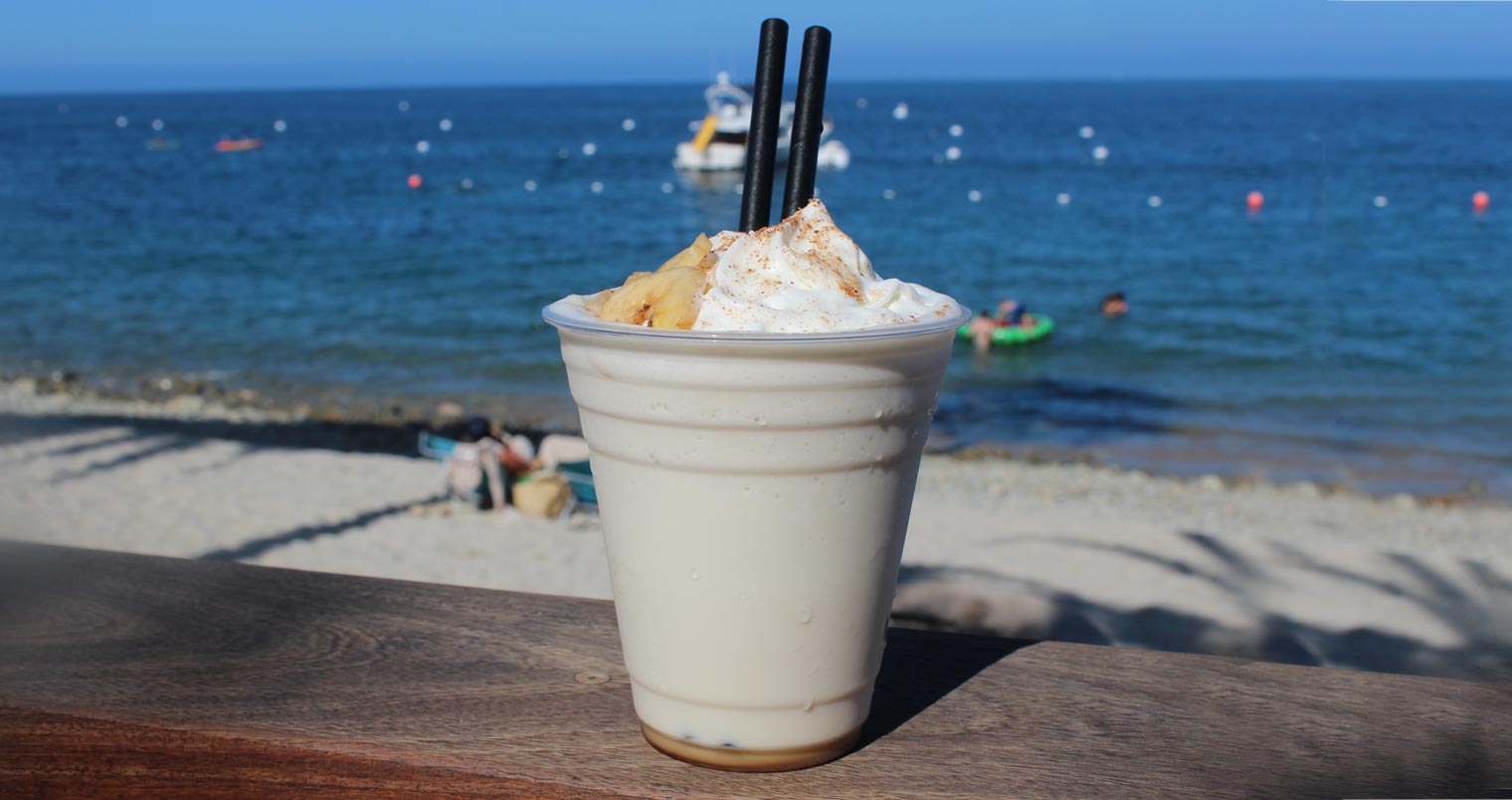




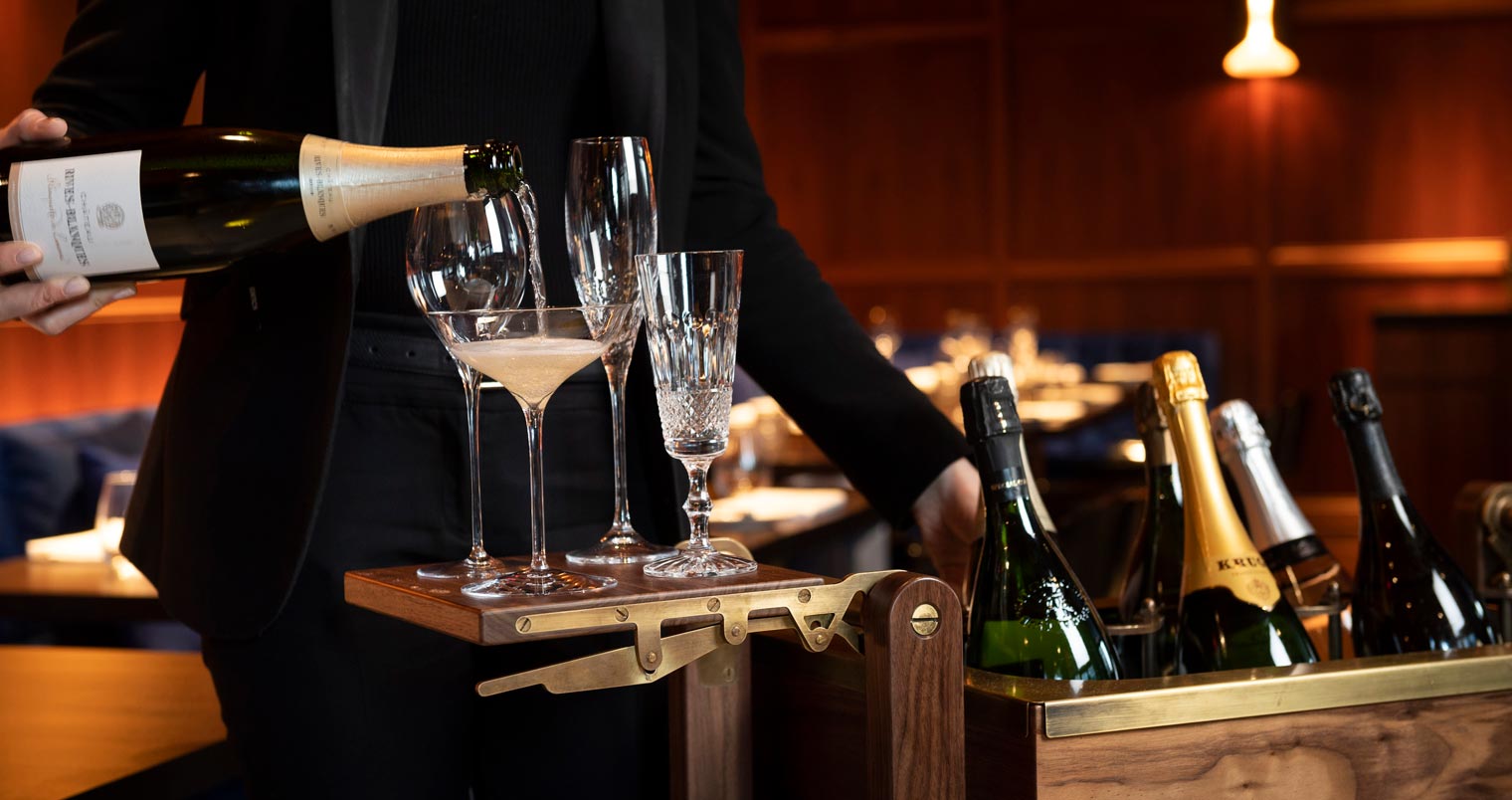





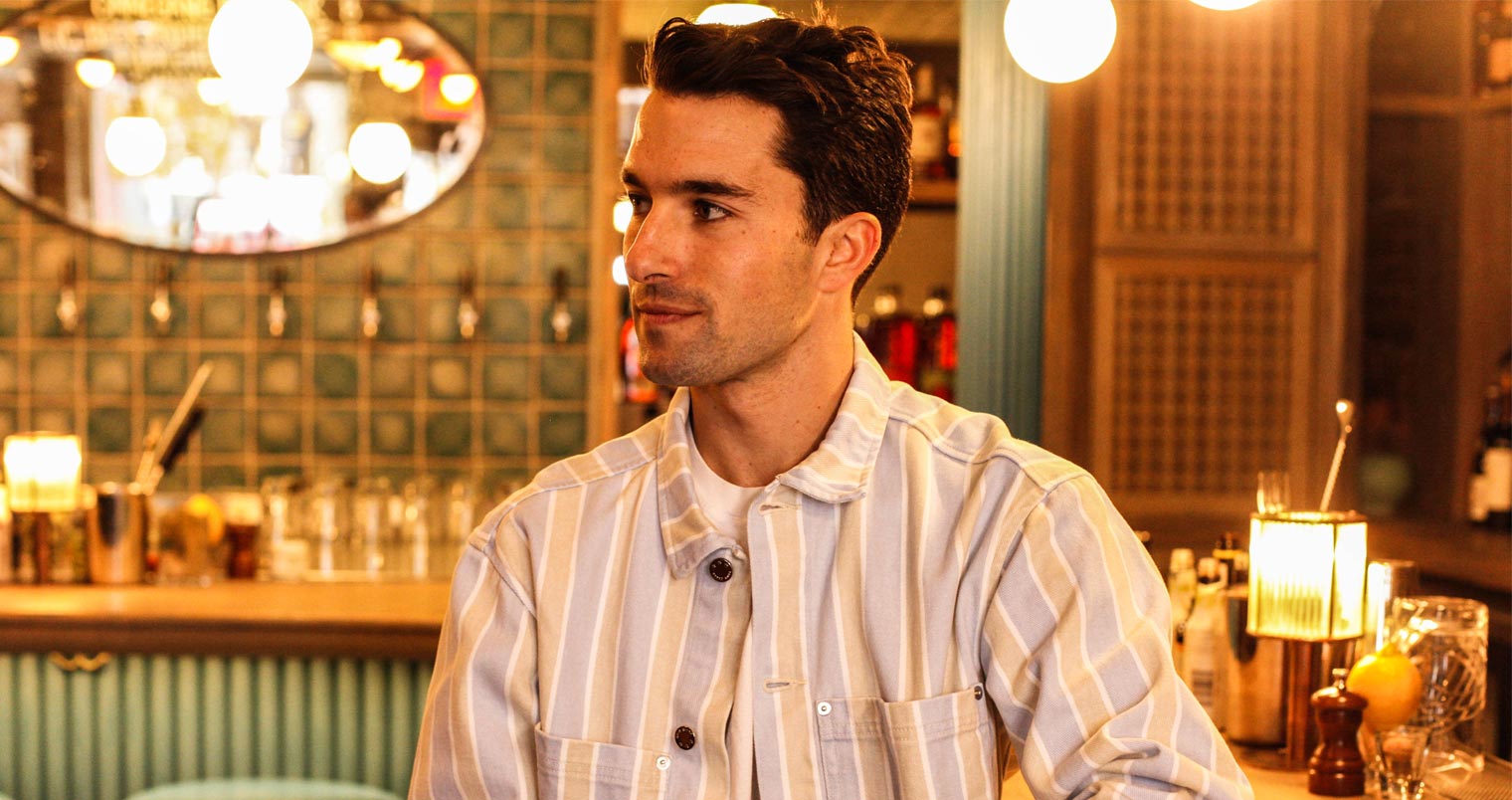




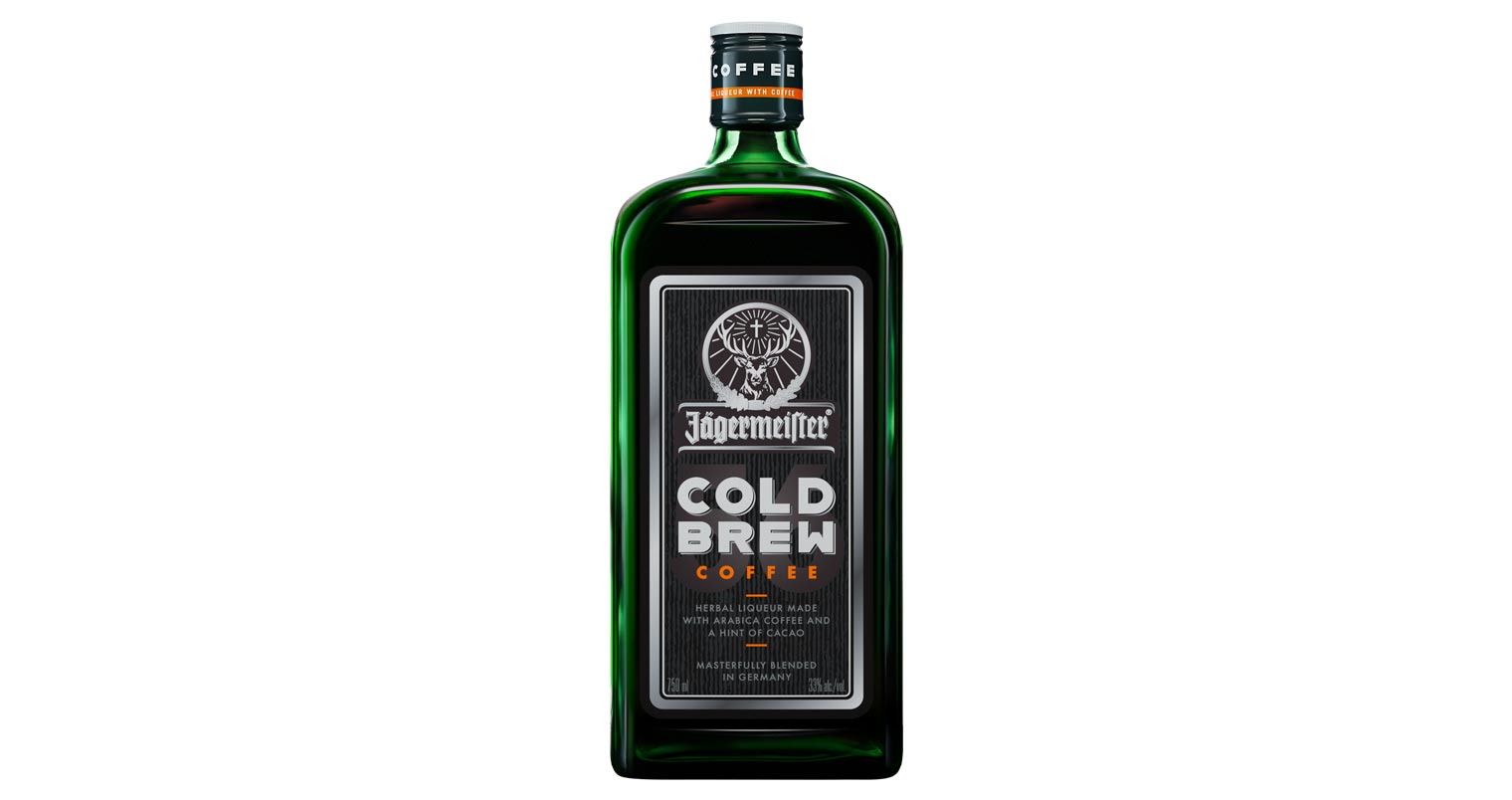


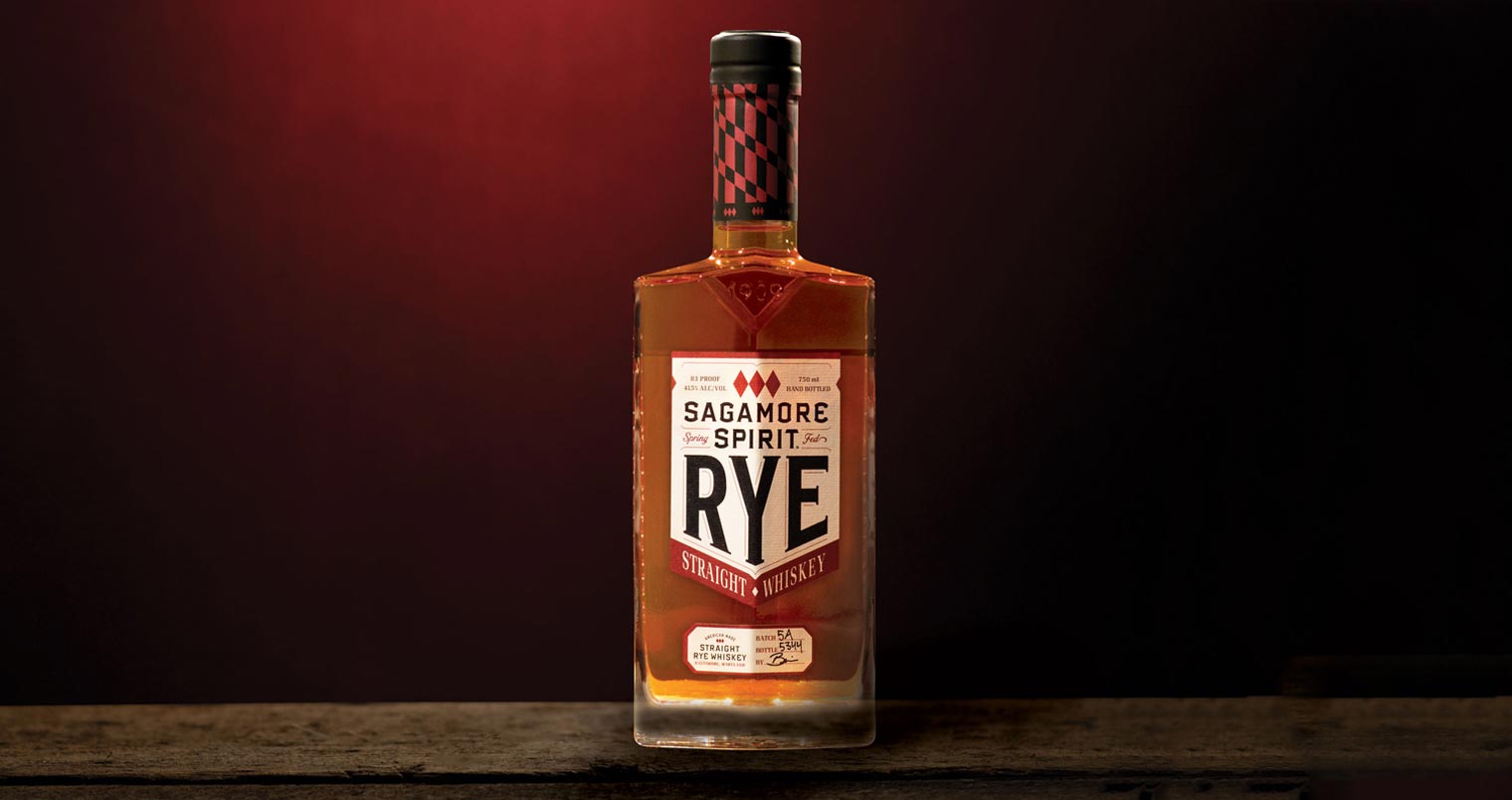


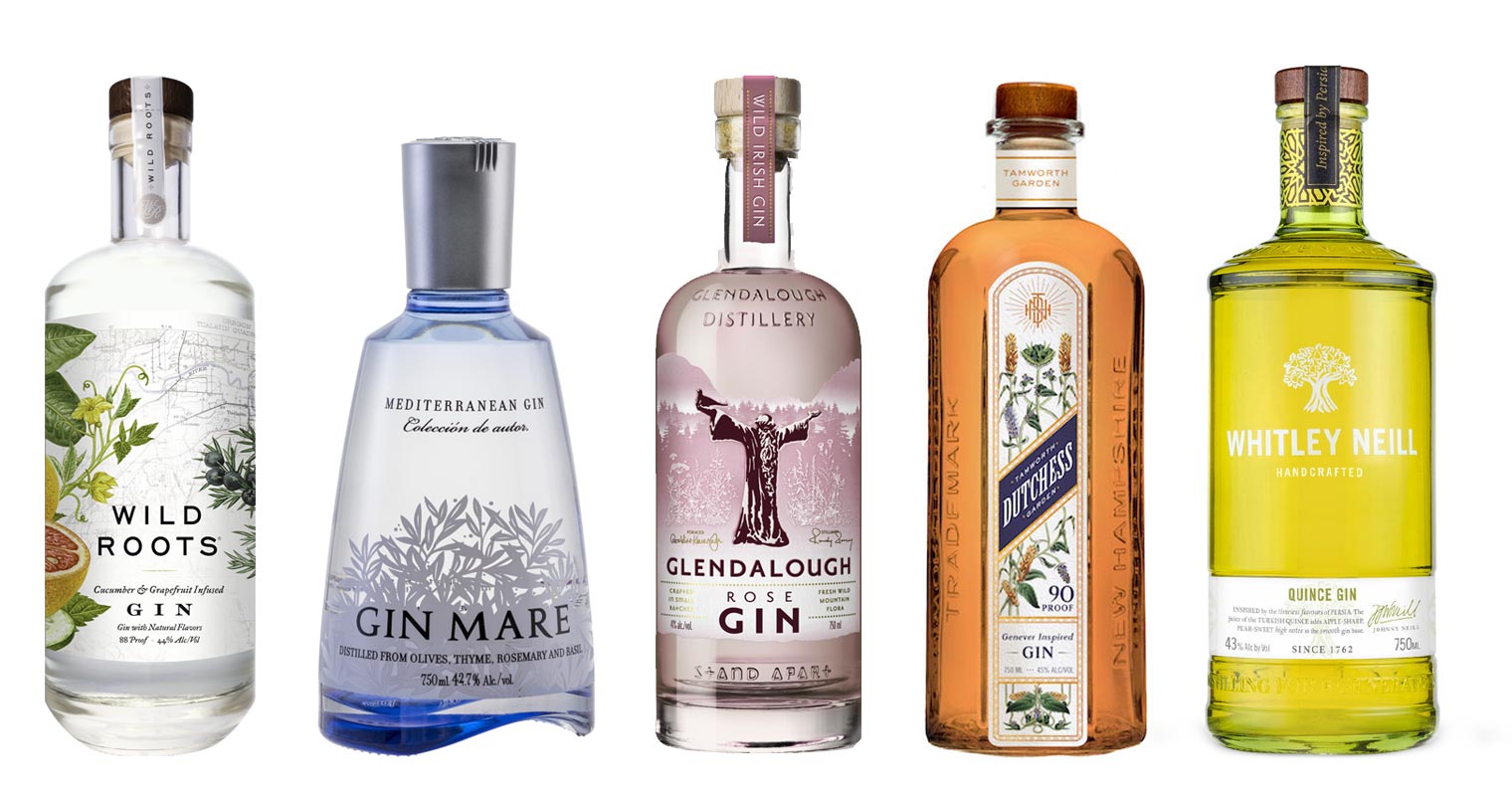















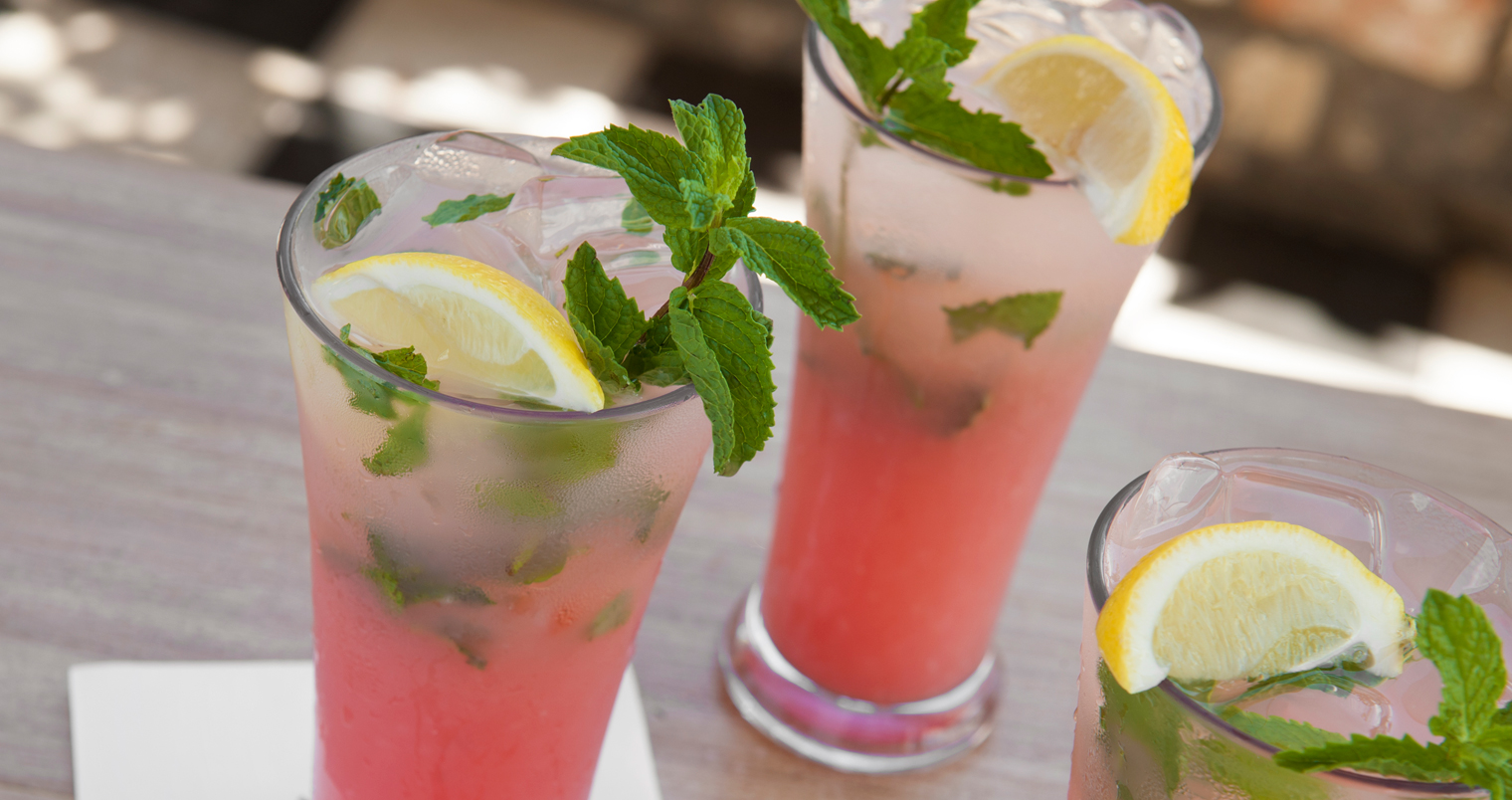







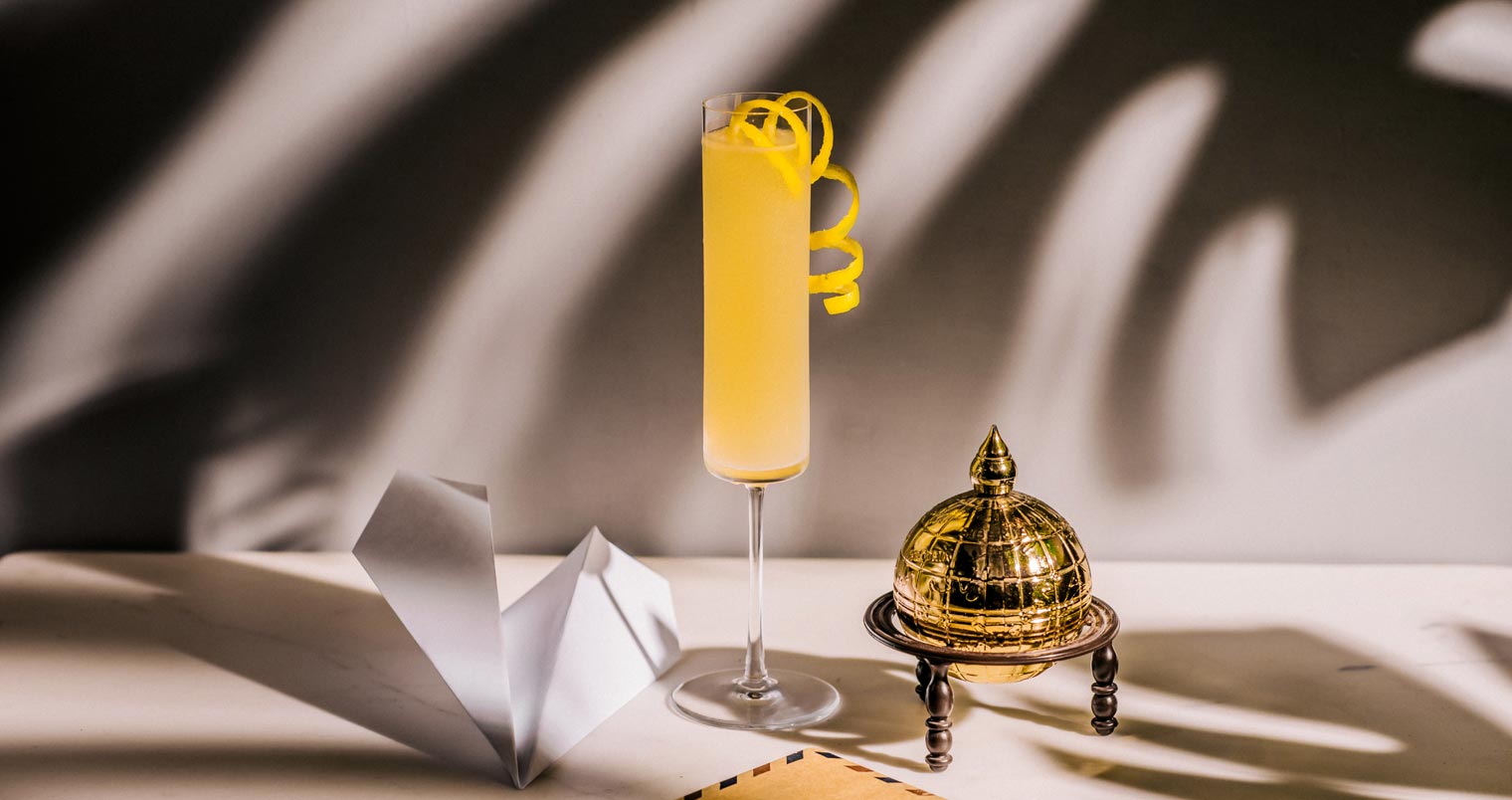


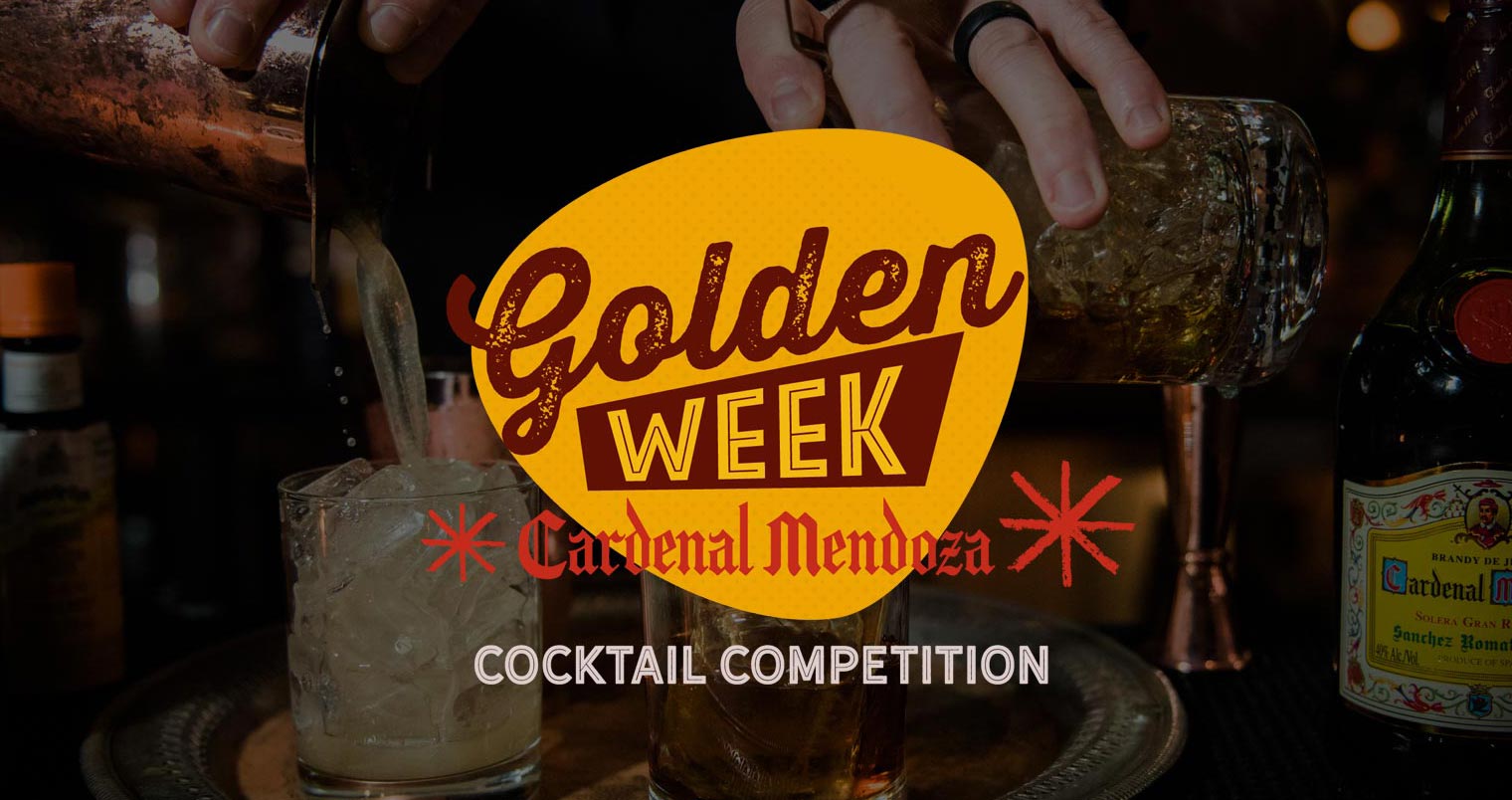



Recent Comments